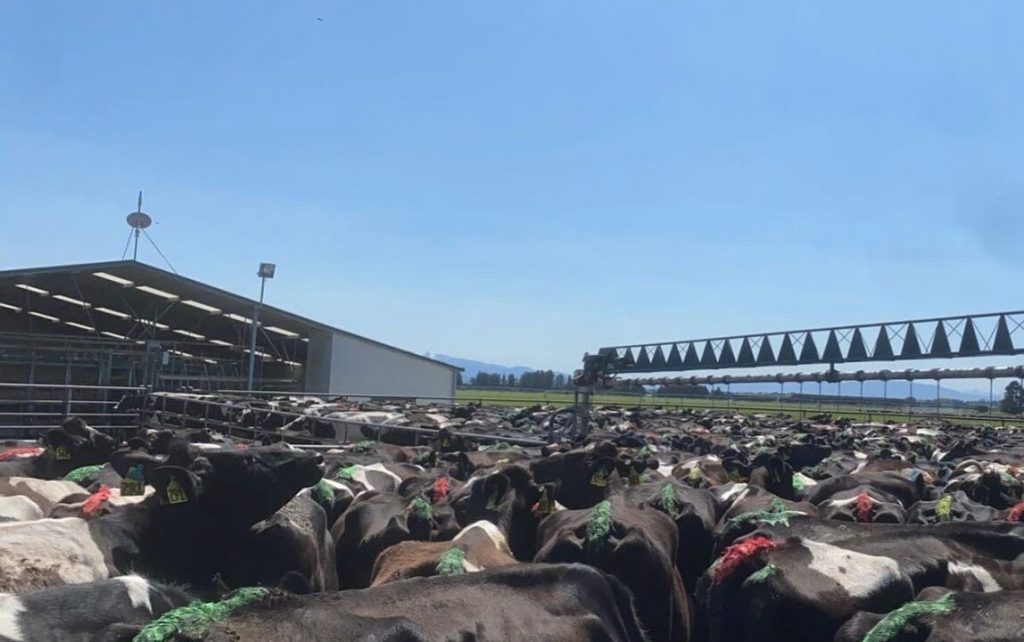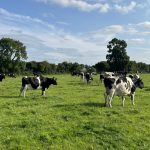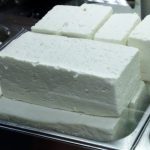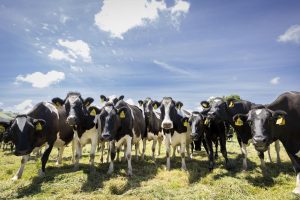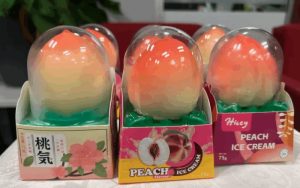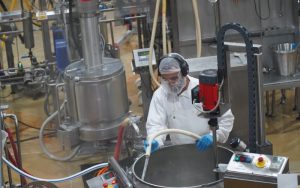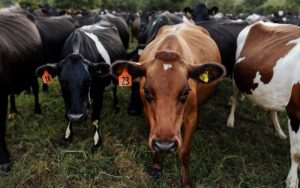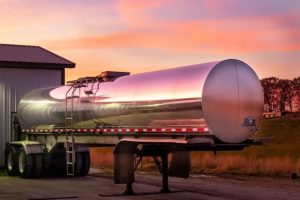
New Zealand dairy farmer Frank Newman is enjoying the start of the calving season, as 244 cows have calved from July 23 to August 1.
Newman is currently in a hybrid agreement with farm owner Justin Wolffe, where Newman is part-contract milking and part-variable order.
This means that Newman is getting a fixed amount per milk solid production, plus a percentage of the milk price, while supplying the labour and paying for the running costs such as electricity, chemicals for parlour, bikes and fuel.
Newman is milking 1,000 cows through a 60-bale rotary parlour in the Canterbury plains, just 25 minutes from Christchurch in New Zealand.

The milking platform is 275ha, with two separate run-off blocks of 90ha and 30ha, meaning the milking platform is stocked at 3.6 cows/ha.
Newman is originally from Birmingham in England and has been milking with the Wolffe family for the past 12 years, where he now has four full-time workers on the farm, with one to more to help out during calving and breeding from July to December.
During the main milking year, the 1,000 cows will be split into two herds, with the first herd consisting of heifers and second and third lactating cows.


The second herd consists of ‘three titter cows’, slow milkers, and older cows in the herd. The first herd milking sees cups on at the latest, 4:30a.m, followed by the second herd at approximately 5:30a.m. The evening milking starts at 1:30p.m.
The farm grows around 18t of grass each year, but Newman said “you would be burnt up here without pivots and irrigation, you would be screwed”.
There are two big pivots on the farm and one small pivot that is ran on hydraulic motors.

The water is provided through a scheme in which the water is gravity fed from a lake in the mountain and piped down to the central plains.
Run-off blocks
The 30ha run-off block is over 60% kale and the remainder is in grass and is mainly used for wintering replacement heifers where they keep 230 heifers each year for replacements.
The 90ha run-off is for rearing the younger heifer calves during the spring and summer and for wintering the main milking herd.
The main milking herd is split into three groups during the winter: a fat mob, a skinny mob and a late calving mob whereby their diets alter accordingly.

The fat mob are cows with good condition and are wintered on kale and will be supplemented with straw and whole crop oats.
The whole crops oats are sowed straight after the kale is finished and is also supplemented to recently calved cows in the spring, as Newman described it as “a great carrier for minerals”.
The skinny mob are cows that are a bit under condition and are wintered on fodder beet and they are supplemented with silage and a small amount of straw.
The late calving mob of cows are cows that are calving after August 25, and are wintered on fodder beet also, with a small amount of silage and straw in their diet.

Cows that are beginning to spring will be brought back to the milking platform, where they will calve down on a paddock that is going to be reseeded in the spring.
Two paddocks of the 23 paddocks on the farm will be reseeded every year and these two paddocks will be well poached up by the time the reseed comes around after the calving season.
Cows that are close to calving on these grass paddocks will be supplemented with high quality silage dusted with calcium-magnesium, along with some straw for roughage.
Calving in New Zealand
Cows will calve down in these paddocks and calves are collected every morning via a trailer and jeep. At the peak of calving, there could be 40 to 50 calves dropped (born) in one day on the farm.
Calves are collected and brought straight into the shed where they are stomach tubed 3L of colostrum straight away.
The freshly-calved cows are brought into the milking shed where they will be relieved of about 7L of colostrum, while receiving about 1kg of rolled barley and will be put onto 2kg of rolled barley/day once their milk volumes begin to increase.
The colostrum cows are given ad-lib grass in a paddock of their own where they will receive 2-3kg of silage dusted in calcium-magnesium.

Newman told Agriland that they have very limited cases of milk fever around calving: “We don’t have many cases of milk fever as we feed well and do a lot of dusting and make sure the cows are in good condition at calving.”
Minerals are also provided through the water troughs where a water powered dosing technology pumps the minerals into the troughs. This is a game changer in avoiding any deficiencies or metabolic conditions.
As of August 1, there has been 100 heifers calved down and 144 cows calved, which Newman is happy with considering he did not synchronise the heifers this year.
The friesian, kiwi-cross cows weighed about 500-550kg and produced 490kg/milk solids last year. They peaked at 2.2kg/MS/day.
Newman fed a total 900kg of supplements last year per cow, which included 480kg of rolled barley/cow, 220kg of palm kernel (PK)/cow, and 200kg of silage/cow throughout the year.
Mating in New Zealand
In New Zealand, you are only permitted to spread 190 units on N/ha per paddock and Newman told Agriland that it had a negative impact on the amount of grass they could grow, which meant he had to include PK into the diet.
He said that “ever since we had to start feeding PK to the cows due to being limited to the amount of nitrogen we can spread per paddock, it has had a positive impact on fertility, as it is brilliant to get cows cycling and gives them condition”.
The mating season lasts for 10 weeks, with four and a half weeks of artificial insemination (AI), followed by a team of 30 hereford stock bulls to mop up after.
Some mating key performance indicators are as follows:
- Three-week submission rate – 89%;
- First round conception rates -55-60%;
- Six-week in calf rate – 76%;
- Empty rate – 11%.
Pre-mating heat detection is done on the farm and the vet comes out two weeks before the mating start date to check on anything that has not cycled.

Newman said that at least 70% will have cycled by that point, leaving the vet to check the remaining 30%. The vet will put a CIDR which contains progesterone in cows he fears they wont show heat, which is usually 40 cows.
Three weeks into mating, the vet will come back out to check on anything that has not come into heat where he normally finds about 100 cows to put on an ovsynch synchronised programme to get them all served on the last day of the AI serves.
Newman and are currently reaping the awards of a concise and accurate breeding season as cows are calving rampantly in the beautiful Canterbury plains of New Zealand.
You can now read the most important #news on #eDairyNews #Whatsapp channels!!!
🇺🇸 eDairy News INGLÊS: https://whatsapp.com/channel/0029VaKsjzGDTkJyIN6hcP1K
